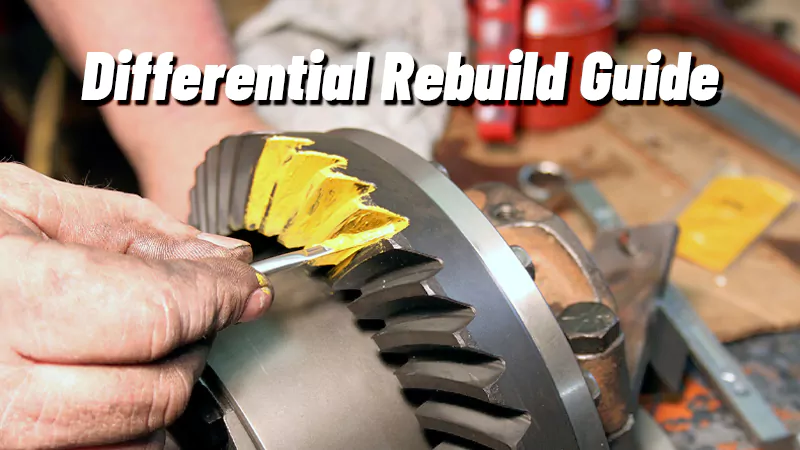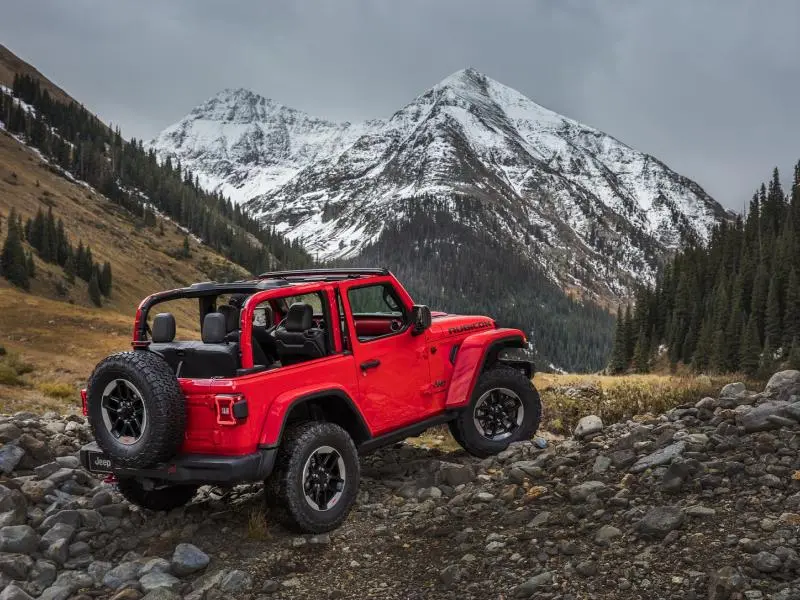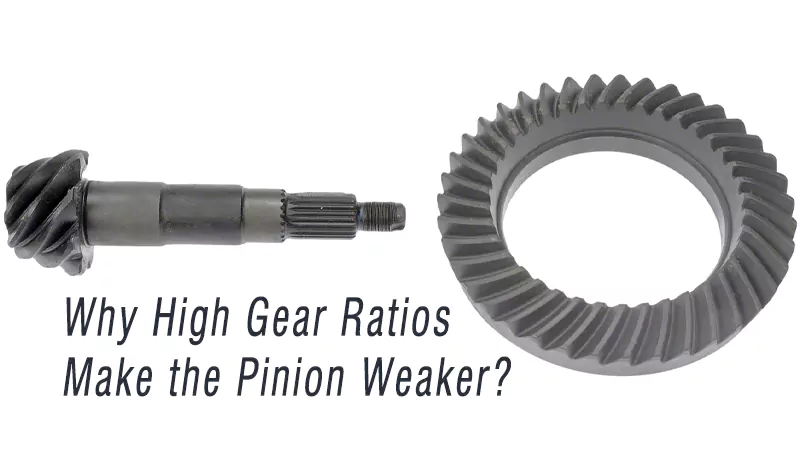When it comes to drivetrain performance, the differential plays a critical role in how power is delivered from the engine to the wheels. Whether you are rebuilding a stock unit or upgrading for off-road or racing applications, understanding the fundamentals of differential setup—including pinion depth, backlash, and bearing preload—is essential for both durability and performance.

What is a Differential and Why Does it Matter?
A differential allows the left and right wheels to rotate at different speeds, especially while turning, while still transmitting torque from the driveshaft. At its core, a differential has two main components:
- Pinion gear – connected to the driveshaft, responsible for transmitting power into the differential.
- Ring gear – attached to the differential carrier, transferring power to the wheels.
These two gears must be precisely aligned for smooth power transfer, minimal noise, and long service life.
Pinion Depth
Pinion depth refers to how far the pinion gear sits inside the differential housing.
- If the pinion sits too shallow, the gears only contact near the tips of the teeth, leading to noise and wear.
- If it sits too deep, contact happens near the tooth root, increasing stress and risk of failure.
- The ideal contact pattern is centered on the gear tooth for maximum strength and efficiency.
Pinion depth is adjusted using shims, and often requires multiple trial-and-error attempts during a rebuild.
Backlash
Backlash is the small amount of free play between the ring gear and pinion gear.
- Too much backlash → loose engagement, clunking noise, reduced precision.
- Too little backlash → excessive friction, overheating, and premature gear wear.
Backlash is controlled by shifting the ring gear left or right inside the housing, again using shims or adjusters. It’s important to note that changing pinion depth affects backlash, but adjusting backlash does not alter pinion depth.
Bearing Preload
Bearings in a differential must be “preloaded” to prevent play and ensure proper rotation.
- Excessive preload → too much resistance, overheating, and short bearing life.
- Insufficient preload → loose bearings, noise, and early failure.
Most differentials use a crush sleeve to set preload. Once compressed, it cannot be reused—if you go too far, you’ll need a new sleeve to start again.
Gear Ratios
The gear ratio describes how many turns of the pinion are required to rotate the ring gear once.in.
- Example: A 3.27:1 ratio means the pinion spins 3.27 times per one revolution of the ring gear.
- Switching to a 4.10:1 ratio means more torque multiplication and faster acceleration, but higher RPMs at highway speeds.
Gear ratio changes are common in performance builds and off-road vehicles, especially when upgrading to larger tires.
Formula for new ratio: New Ratio = (New Tire Diameter ÷ Old Tire Diameter) × Original Gear Ratio
Popular Differential Upgrades
When rebuilding or upgrading, you may consider:
- Gear ratio changes – to suit larger tires or improve acceleration.
- Limited-slip differentials (LSDs) – such as the Torsen differential, which uses helical gears instead of clutches. These provide maintenance-free, smooth torque distribution but cannot be rebuilt if worn out.
- Stronger components – upgraded bearings, shims, and reusable preload spacers instead of crush sleeves for improved durability.
Conclusion
Rebuilding a differential is both an art and a science. Mastering pinion depth, backlash, and bearing preload ensures quiet operation and long-term reliability. Choosing the right gear ratio and differential type can completely transform a vehicle’s performance, whether for street, track, or off-road use.
At XJX Parts, we specialize in manufacturing limited-slip differentials, differential locks, and ring & pinion gears. If you are looking for high-quality differential components or custom solutions, our team can provide the expertise and parts you need. Contact us today to discuss your project and get professional support.



